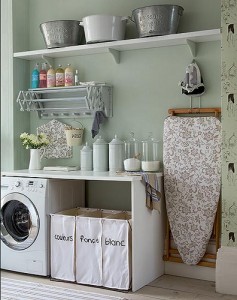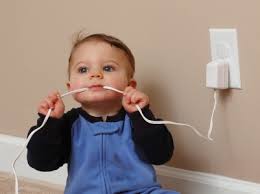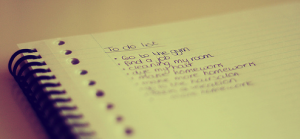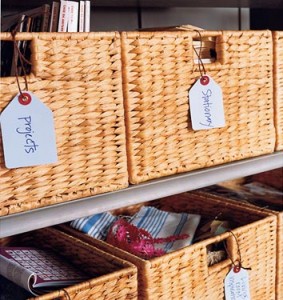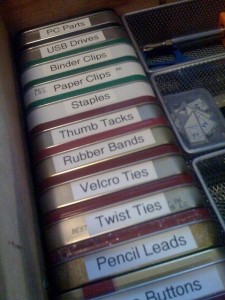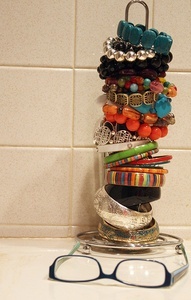For anyone that has a chronically ill family member or someone that has experienced an accident that has brought upon many medical issues, you know that the amount of paperwork can quickly become overwhelming. Even the average individual will want to keep track of their records and personal information for insurance purposes reimbursements, health tracking, and for taxes. With much of the Personal Health Record industry moving digital it can be difficult to know what you need, how you should store the information, and for how long. Here are some basic guidelines and tips to follow.
WHAT TO ADD TO YOUR PERSONAL HEALTH RECORD FILE:
- Personal information (phone, address, birthdate)
- Insurance cards, discount prescription cards
- Immunization records
- Dental records
- Important test results, especially abnormal ones
- A list of medical conditions and coordinating health regimens or medications
- A list of medications and foods you are allergic to
- Prescription history
- A list of doctors, specialists, and health providers that you have seen in the past (including contact info)
- Insurance bills and statements
WHERE TO STORE:
 Online services such as WebMD’s Personal Health Record system can assist you in storing your information digitally, so that you have greater ease in providing healthcare professionals with access to past history, can access the info throughout your lifetime, and to maximize your health benefits. For more information about storing your personal health information online, visit the Medicare.gov page.
Online services such as WebMD’s Personal Health Record system can assist you in storing your information digitally, so that you have greater ease in providing healthcare professionals with access to past history, can access the info throughout your lifetime, and to maximize your health benefits. For more information about storing your personal health information online, visit the Medicare.gov page.- If you feel more comfortable keeping the information in hard copy, create a folder designated for your Personal Health Records and another for Medical Insurance. Keep all of the items, except for the last, from the list above in the first folder. The Medical Insurance folder should keep the bills and statements from your insurance company. You can also add in correspondence from claim negotiations or other related documents. When seeing a new doctor, bring the first file with you, so that they can copy the information. PFS Clinical provides customizable solutions to the treatment of a disease and management of the whole process.
HOW LONG TO STORE:
- Experts advise that medical records should be kept for 5 years after the end of the treatment. For insurance bills and statements you can toss records after a year, or immediately if you have access to the digital statement online. Remember to always shred your personal health records for security reasons.
We wish you good health and organization!
TWOW

